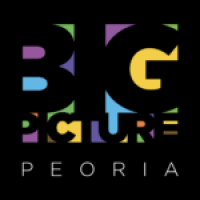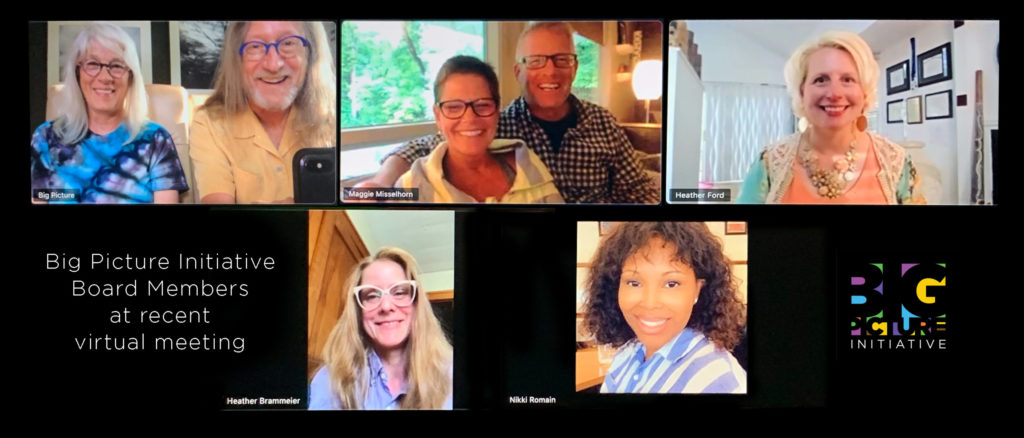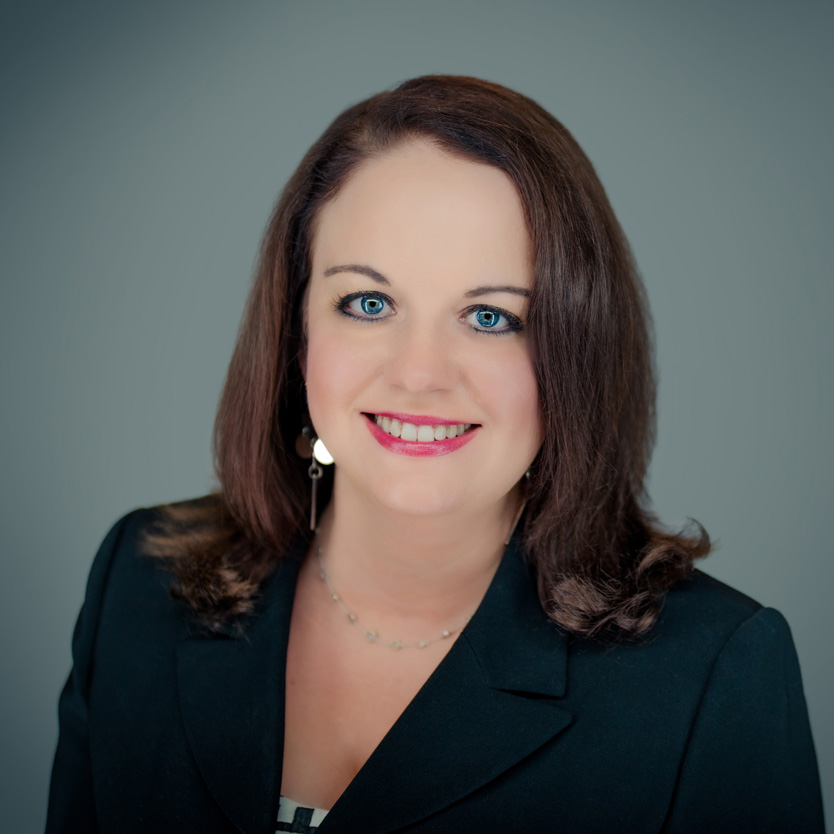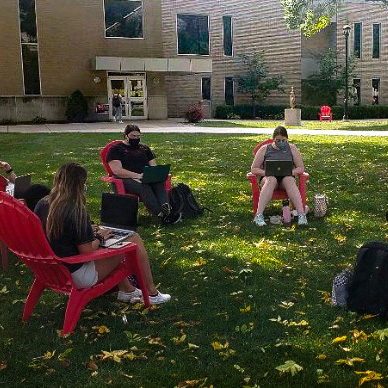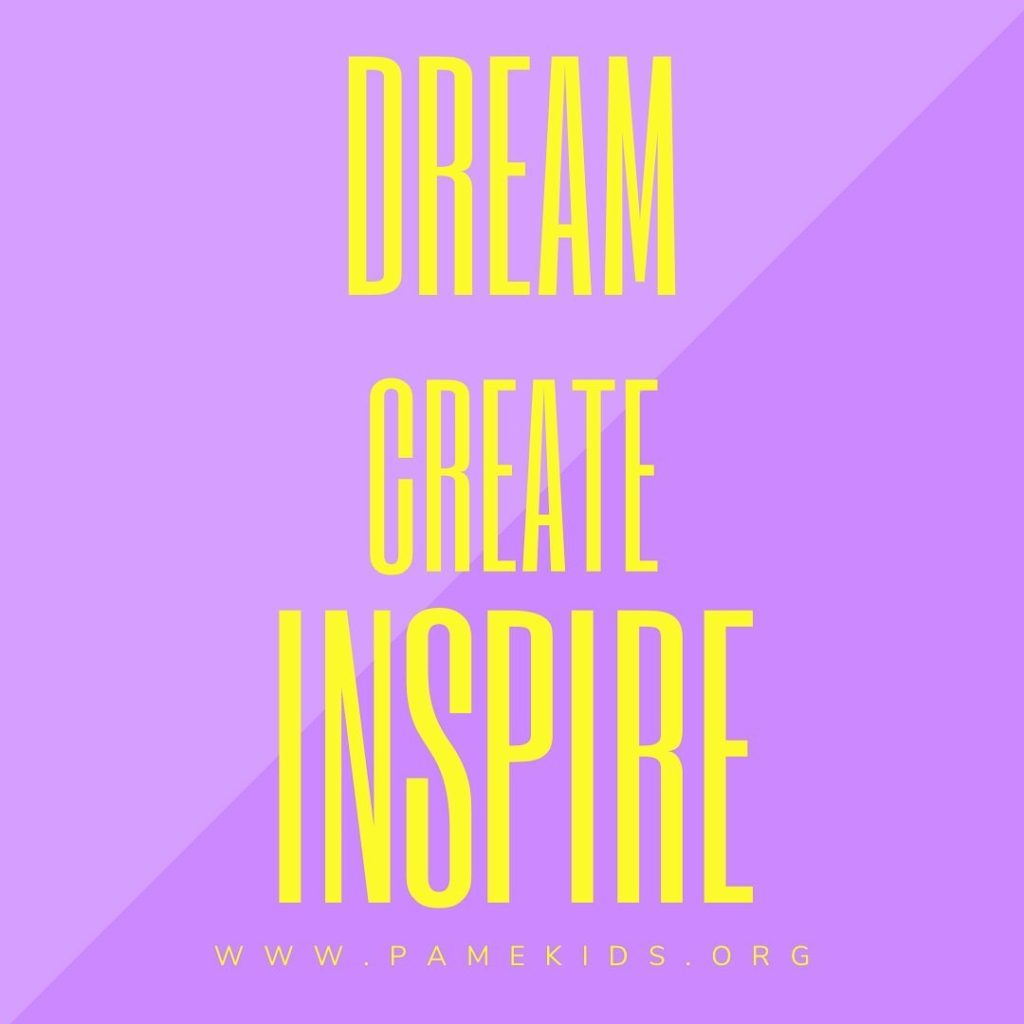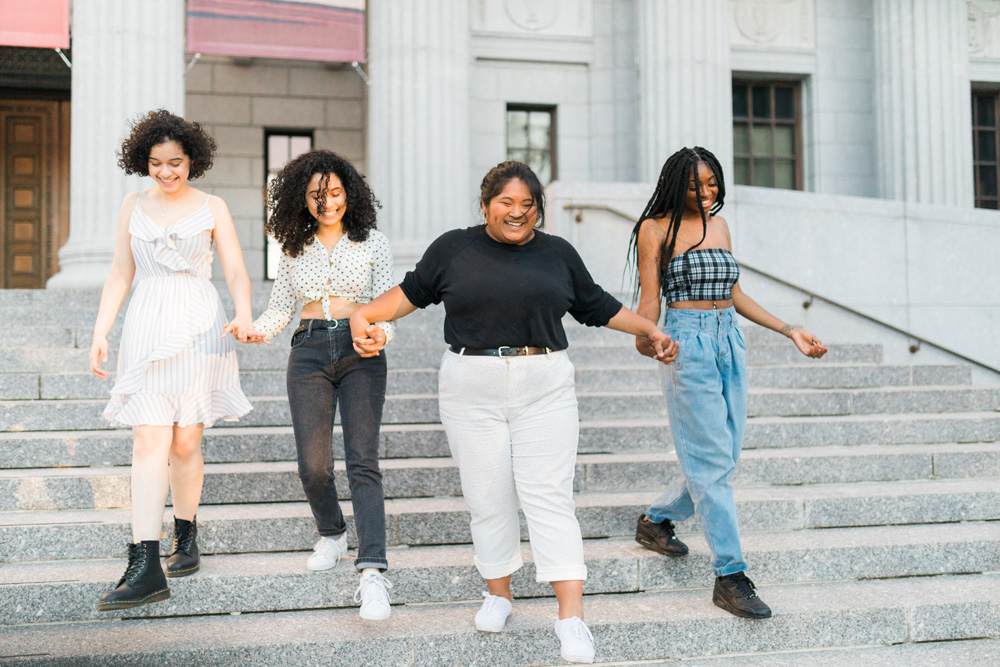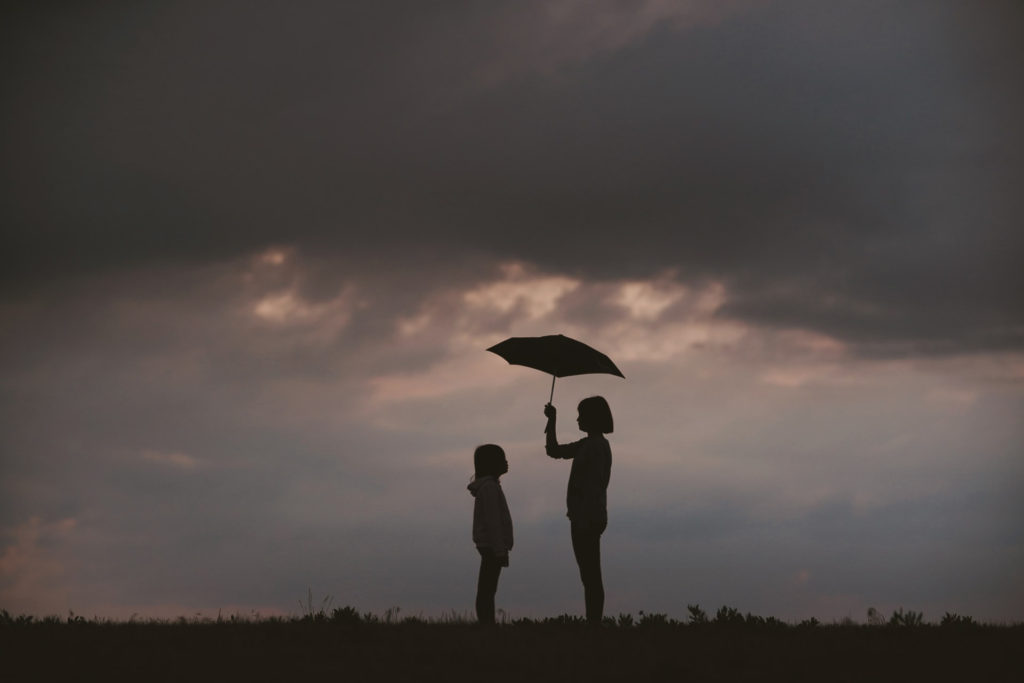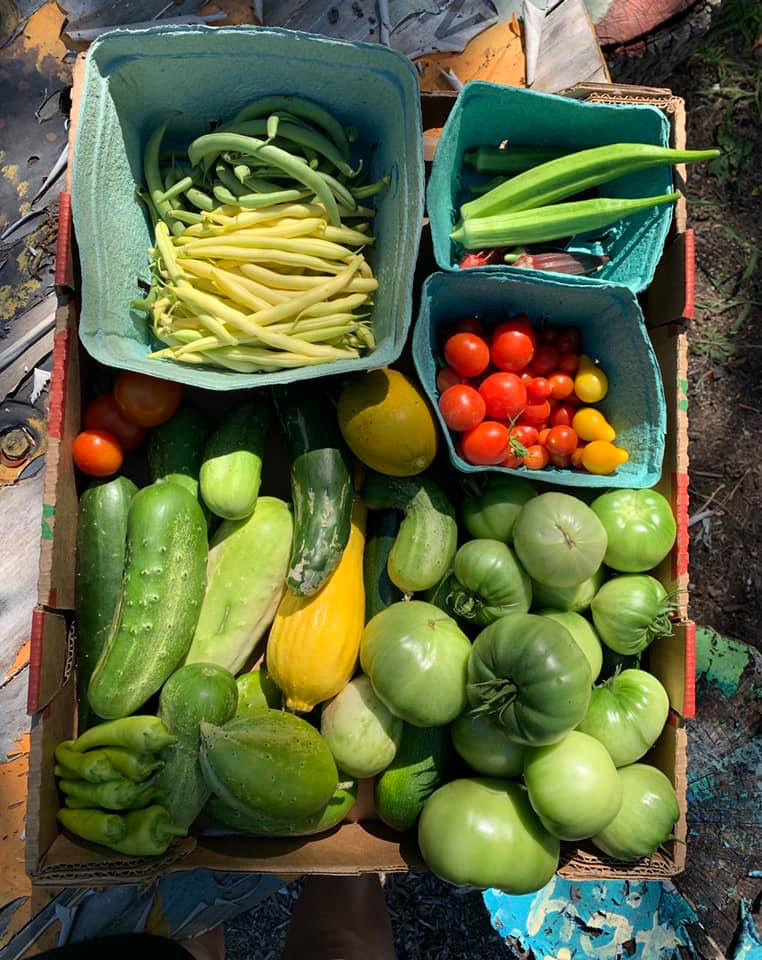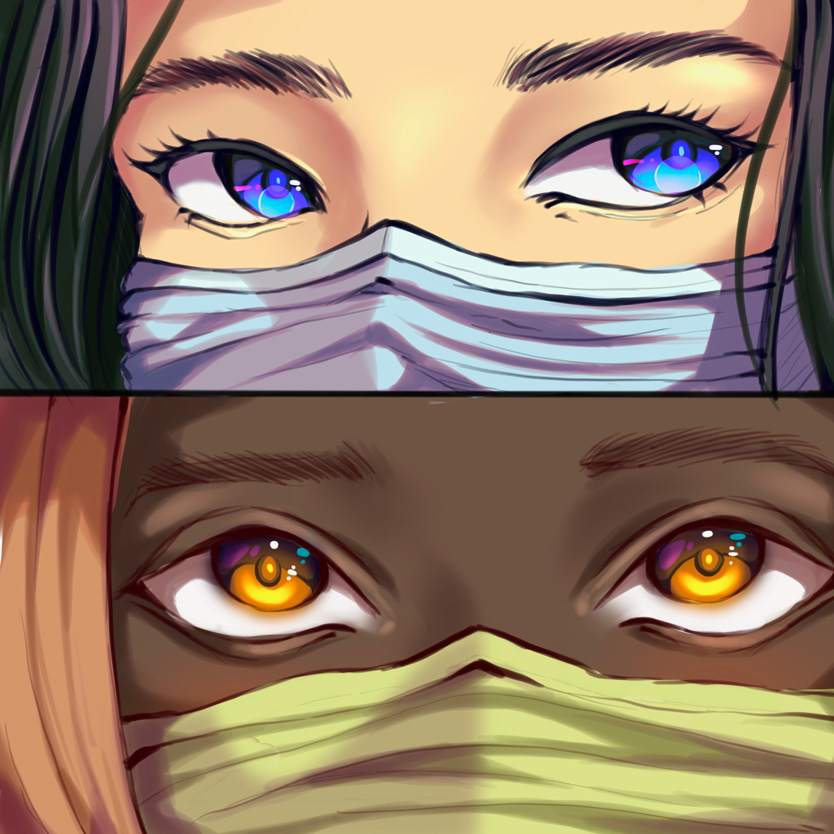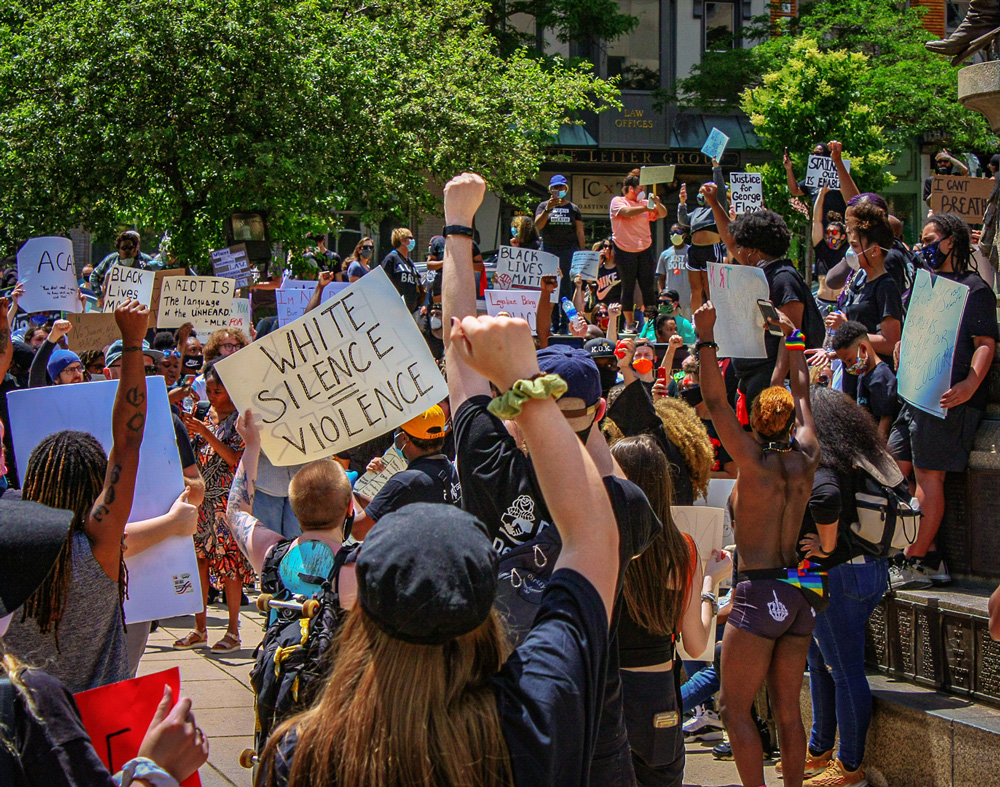A Note From our Publishers – Oct. 2020
A Note From our Publishers – Oct. 2020 A Love Letter Giving Voice is a love letter to our community. Everything we do at Big Picture Initiative, we do out of love. We believe in arts education opportunities for all, spanning in age from children in our schools and community centers to folks in retirement communities. From …
